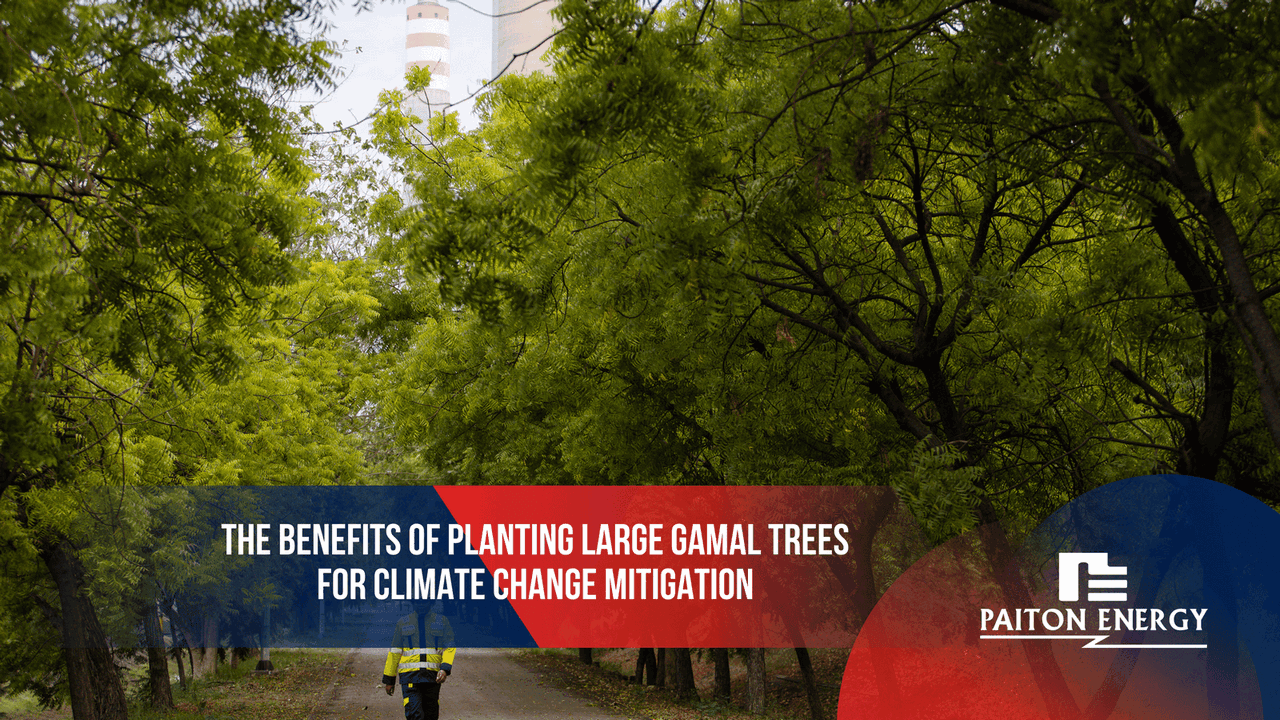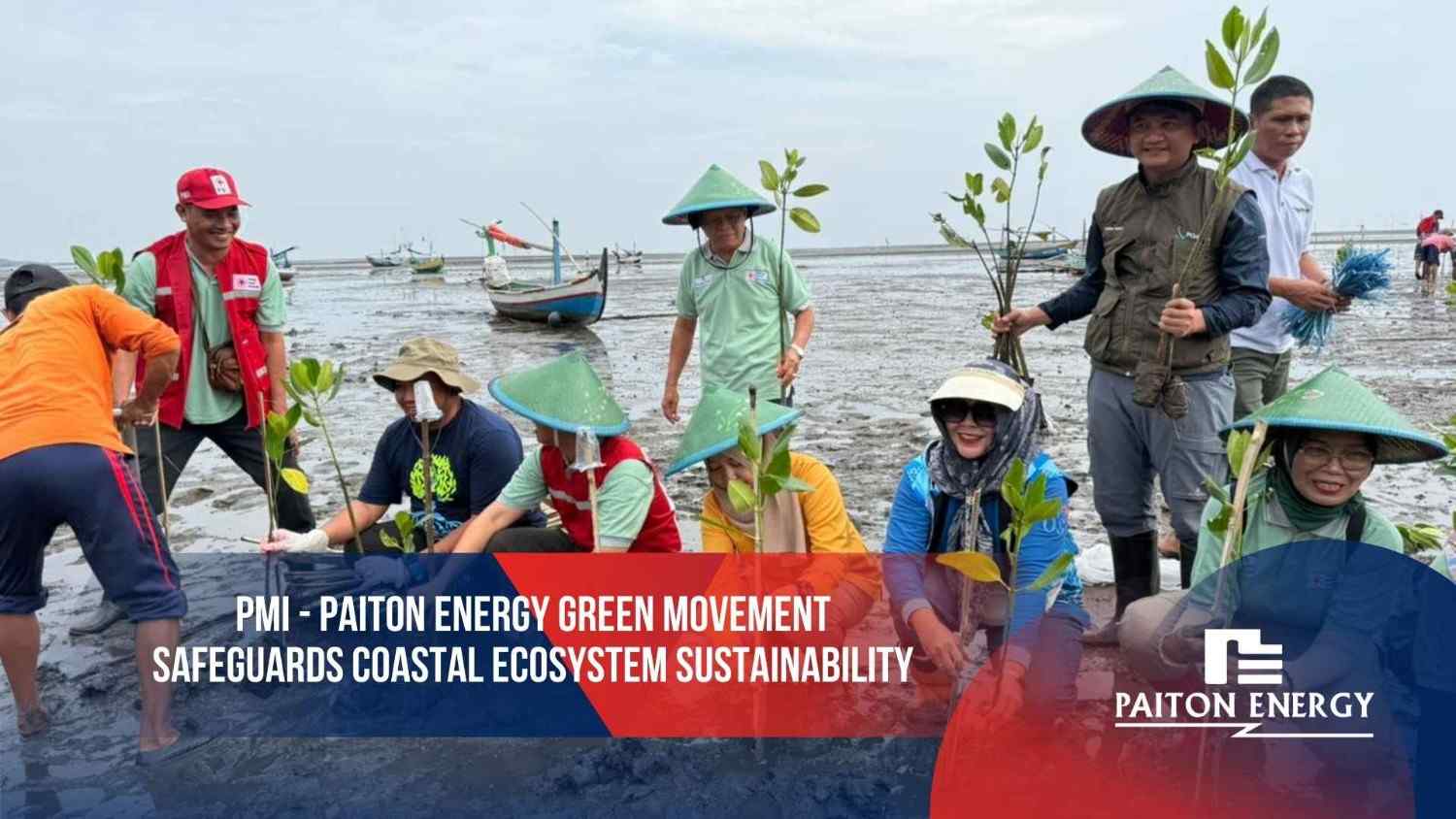The large-scale planting of gamal trees in Probolinggo has become a strategic effort that brings significant benefits to both the environment and the local community. By planting gamal trees in the right way, this tree proves to be a solution to various environmental challenges, including soil erosion, soil fertility, and climate change. Additionally, gamal trees contribute to the social and economic welfare of local communities by providing livestock feed and promoting energy diversification. Here is a deeper look at the impacts of gamal tree planting and the effective steps for its implementation.
Environmental Impacts of Planting Large Gamal Trees
- Erosion Control
Gamal trees are highly effective in controlling soil erosion. Their strong root system helps stabilize soil in sloping areas or lands prone to landslides, especially during the rainy season. This makes gamal tree planting an ideal choice for soil conservation efforts in Probolinggo.
- Carbon Sequestration
As a fast-growing tree, gamal has the ability to absorb carbon dioxide from the atmosphere. Planting these trees contributes to climate change mitigation while also improving the air quality around them.
- Soil Fertility Enhancement
The roots of gamal trees act as natural providers of nutrients. They can fix nitrogen in the soil, thus improving soil fertility. As a result, other plants around the gamal trees also benefit from enhanced growth and better productivity.
Social and Economic Impacts
- Livestock Feed Source
The leaves of gamal trees are rich in nutrients, making them an excellent alternative feed for livestock. This is particularly helpful for local farmers in Probolinggo, especially during the dry season when the availability of green fodder decreases.
- Community Empowerment
Gamal tree planting projects often involve local communities. These activities not only raise awareness about the importance of environmental conservation but also create job opportunities, fostering greater community engagement in sustainability programs.
- Energy Diversification
The use of gamal tree biomass provides a solution for energy diversification. This biomass can serve as an environmentally friendly alternative energy source, compared to conventional fossil fuels.
Planting Initiatives
Several initiatives have been implemented to support the planting of gamal trees in Probolinggo. One example is a program initiated by Paiton Energy and POMI, which has seen the planting of 34,000 gamal trees as part of their climate change mitigation efforts. This program also includes training for local communities on sustainable natural resource management.
How to Plant Gamal Trees Effectively
For successful gamal tree planting and optimal results, the following steps should be carefully observed:
1. Preparation
- Site Selection: Choose a location that receives adequate sunlight and has well-draining soil.
- Seedling Procurement: Typically, stem cuttings are planted after undergoing a 3-month nursery process in polybags. The seedlings should have developed leaves before they are transplanted.
2. Planting Process
- Soil Preparation: Clear the planting area of weeds, then dig holes 25-30 cm deep. Space the trees about 1-2 meters apart to allow for healthy growth.
3. Maintenance
- Watering: Water the trees regularly, especially in the early weeks after planting.
- Fertilization: Apply organic fertilizers or NPK after one month to speed up growth.
- Pruning: Prune the trees around 8 months of age to encourage new leaf growth.
4. Harvesting
Gamal leaves can be harvested once the tree reaches 8 months old. Subsequent harvests can be done every 90-120 days. It is best to slightly wilt the leaves before feeding them to livestock to reduce anti-nutrient content.
The large-scale planting of gamal trees in Probolinggo provides significant positive impacts for both the environment and local communities. These trees help control erosion, sequester carbon, improve soil fertility, and provide livestock feed and alternative energy. By understanding the proper planting techniques, this program can offer long-term benefits for the ecosystem and local economy.
If you are interested in supporting sustainability programs like this, consider joining Paiton Energy in making Probolinggo greener and more sustainable!




